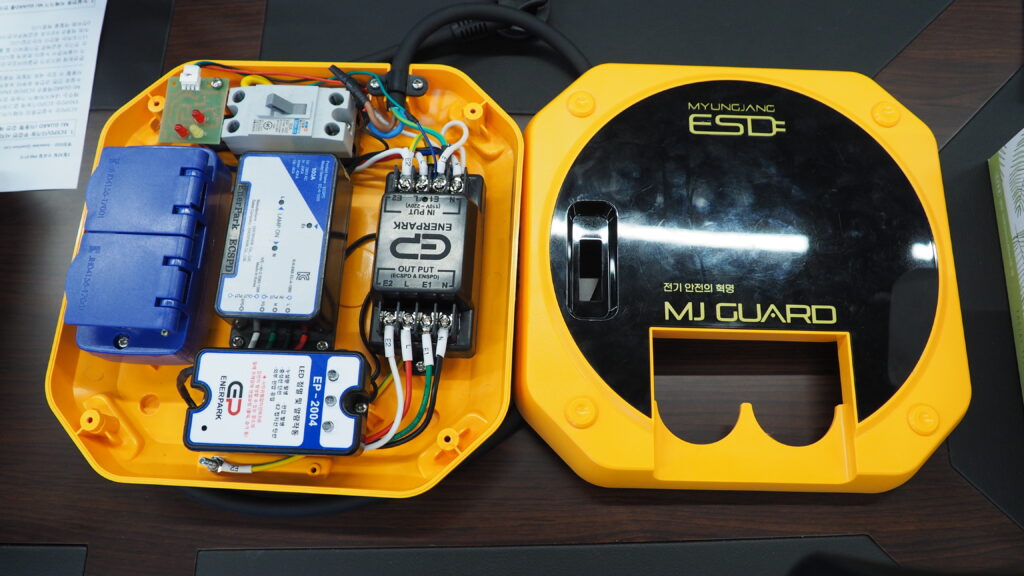
The Ministry of Public Administration and Security requested special attention to prevent accidents as the risk of electric shock increases due to water in the summer when it rains frequently due to the rainy season.
In the last three years (’16 to’18), a total of 1,593 people were killed in electric shock, of which 54 died.
In particular, in July, the number of electric shock casualties (14% and 226) was the highest in the year due to humid weather due to frequent heavy rains.
In the case of electric shock accidents, 56% (894 people) were directly contacted by charging units, followed by arcs (flame discharge) 33% (524 people) and short circuits 7% (117 people).
By age group, 24% (381 people), 23% (362 people) in their 50s, and 18% (279 people) in their 30s were counted, and their proportion was high as they were related to jobs such as cables and wires, transformers, and breakers.
According to the analysis of electric shock accidents in daily life such as socket-outlets, switches, and home appliances, 445 casualties were reported, followed by 24% (109) under the age of 10, followed by 17% (75) in their 20s and 15% (66).
Among them, 162 people were electrocuted by electrical outlets, especially 52% (85) of children under the age of 10, which requires special attention from guardians.
Factories and workplaces (35%, 597 people) related to jobs were the most common electric shock casualties by place, followed by residential facilities (20%, 313 people), and 34% (106 people) of electric shock in residential facilities occurred as a joke.
In order to prevent electric shock accidents in residential facilities in summer, it is necessary to regularly check whether the short circuit breaker works properly, and to thoroughly cut off the power when maintaining or repairing electrical facilities.
Touching electrical appliances or outlets with wet hands is at high risk of electric shock, so you must remove moisture and use it dry. To prevent an electric shock, a safety cover (cover) should be put on to prevent playing with an outlet, and multi-socket or electric wires should be used in a way that is not noticeable to children. In order to prevent child electric shock accidents, families with children need special attention from guardians to not play with electricity-related items such as wires and sockets, said the Ministry of Public Administration and Security’s prevention and safety policy officer.
However, a product that can be used safely without worrying about such safety accidents has been developed. This product actually showed that there was no electric shock or electric leakage even when the actual outlet was immersed in water and experimented. Electric shock casualties were the most common (226 people, 14.1%) in July, when frequent heavy rains and humid weather continued. It was followed by August (192, 12.0%), June (168 and 10.5%), May (149, 9.3%), April (134 and 8.4%), and September (130, 8.1%).
Electric shock accidents were often caused by direct contact with the charging unit through which electricity flows. Direct contact with Chungcheon-bu was the most common with 894 people (56.5%) followed by flame discharge with 524 people (32.8%) and short circuits with 117 people (7.3%).
In order to prevent electric shock accidents in residential facilities, it is necessary to regularly check whether the short circuit breaker works properly, and to thoroughly shut off the power supply when maintaining and repairing electrical facilities.
However, an outlet with MYUNGJANGESD’s patented sensor does not have to operate the short circuit breaker. It is a groundbreaking product for electrical safety accidents and power leaks.

▲MYUNGJANGESD CO.,LTD.
▲ CEO : Min-Ju Kim
▲www.myungjangesd.co.kr
▲ mjesd0603@naver.com
▲ +82-32-575-1601
SAM KIM
ASIA JOURNAL

